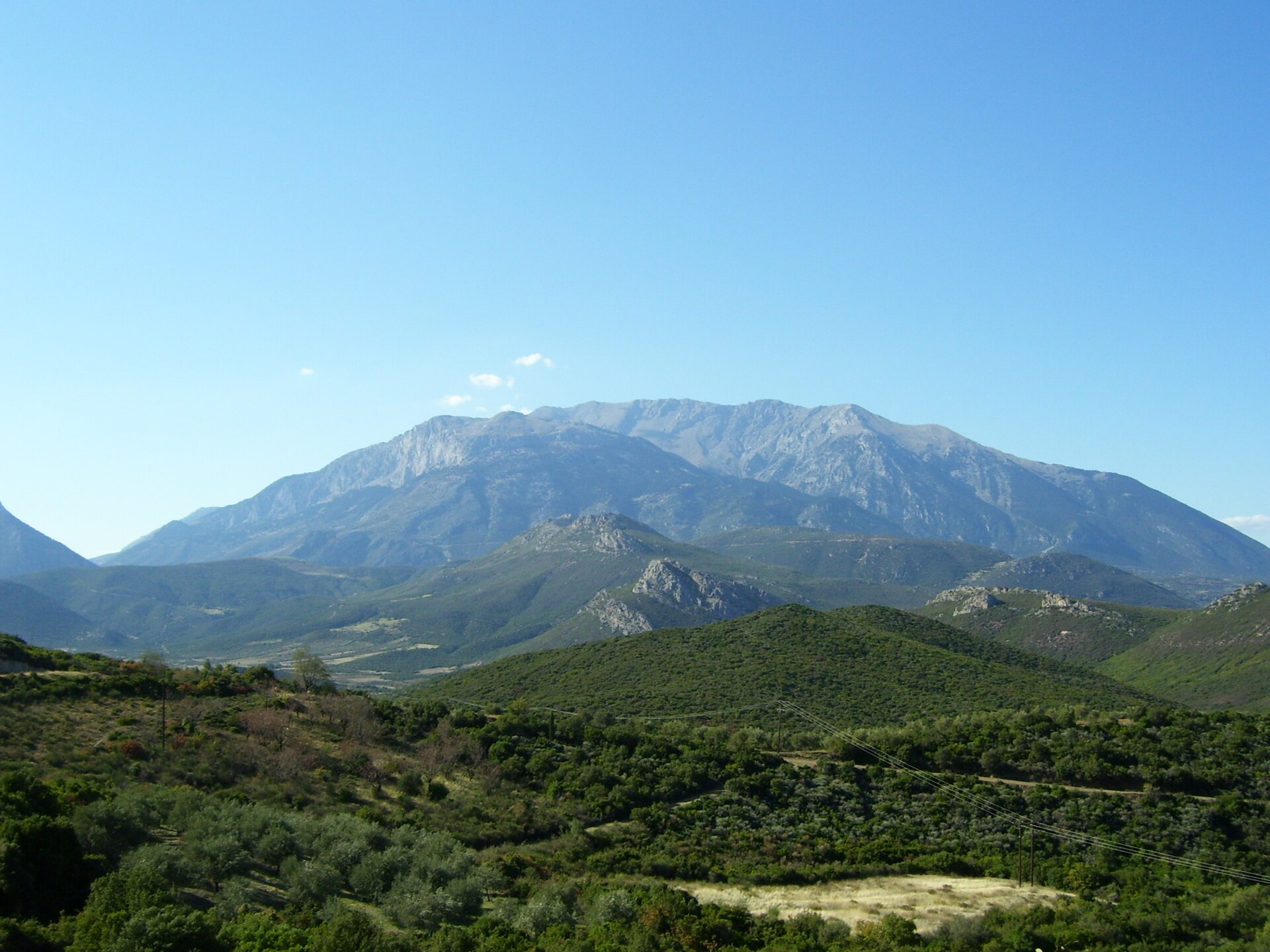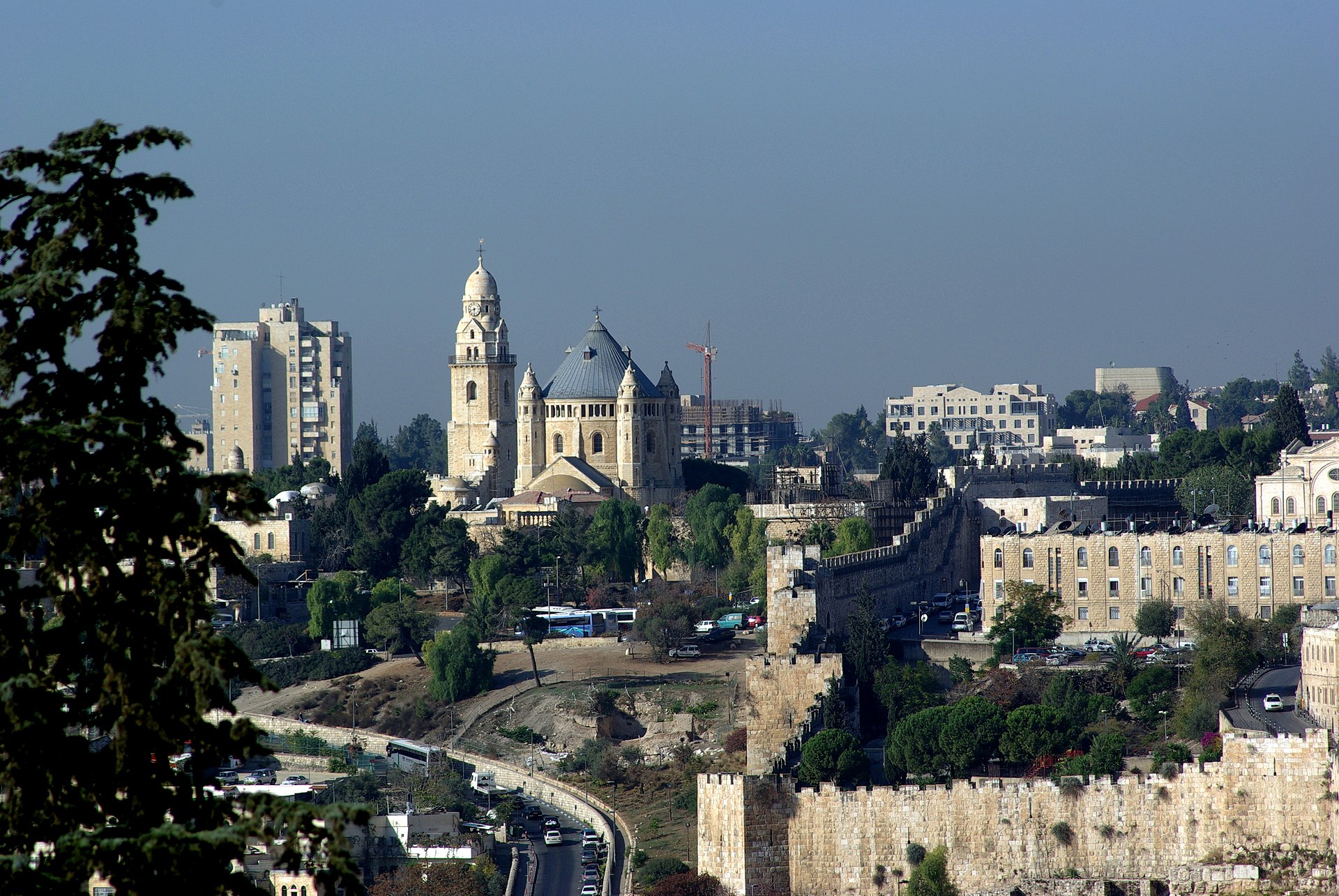Greece’s Ancient Beacon: Mount Parnassus is a captivating destination that combines breathtaking landscapes with a rich historical legacy. Discover the secrets of this majestic mountain as we delve into its ancient ruins and delve into the mesmerizing landscapes that have inspired artists for centuries. From the mystical Oracle of Delphi to the awe-inspiring views from its summit, Mount Parnassus offers an unforgettable journey through time and nature.
Table of Contents
- Unveiling the Mysteries of Mount Parnassus
- Tips and Techniques for Capturing Mount Parnassus’ Splendors
- Frequently Asked Questions
- 1. Where is Mount Parnassus located?
- 2. What is the historical significance of Mount Parnassus?
- 3. How can I reach Mount Parnassus?
- 4. What are the best photography spots on Mount Parnassus?
- 5. Are there hiking trails on Mount Parnassus?
- 6. Can I visit the Oracle of Delphi on Mount Parnassus?
- 7. Are there accommodations available on Mount Parnassus?
- 8. What other attractions are nearby Mount Parnassus?
- 9. Is Mount Parnassus suitable for a day trip?
- 10. What is the best time to visit Mount Parnassus?
- Wrap Up
Unveiling the Mysteries of Mount Parnassus
Mount Parnassus, known as Parnassos in modern Greek, is a prominent mountain in central Greece. It is located in the southern part of the Parnassus National Park, in the region of Phocis (Phokis), near the town of Delphi. Mount Parnassus is known for its historical and mythological significance, as well as its natural beauty.
In ancient Greek mythology, Mount Parnassus was associated with the god Apollo and the Muses. The ancient sanctuary of Delphi, located on the slopes of the mountain, was considered the center of the world in ancient Greek religion and was a major religious and cultural site.
Today, Mount Parnassus is a popular destination for outdoor enthusiasts, hikers, and skiers. It offers a range of activities throughout the year, including hiking trails in the summer and skiing and snowboarding in the winter. The mountain’s diverse landscapes, ancient ruins, and cultural heritage make it a notable attraction in Greece.
Archaeological Treasures
Venture into the depths of Mount Parnassus to uncover a wealth of archaeological wonders. Explore the ruins of Delphi, once believed to be the center of the world, and marvel at the Temple of Apollo, where prophecies were bestowed upon visitors seeking guidance. Immerse yourself in the ancient theater, where legendary performances took place, and witness the remnants of a civilization that shaped the course of human history.
Landscape Photography Paradise
Calling all photography enthusiasts and nature lovers! Mount Parnassus offers an idyllic playground for capturing awe-inspiring landscape shots. From the lush greenery of its slopes to the panoramic views stretching across the valleys, every corner of this mountain offers a picturesque frame. Learn the best techniques, compositions, and spots to perfectly capture the magnificence of Mount Parnassus and create stunning visual memories that will transport others to this enchanting destination.
Flora and Fauna Delights
Delve into the diverse ecosystem thriving on the slopes of Mount Parnassus. Explore its rich flora, including the rare Parnassos fritillary and various endemic plant species that blanket the mountain in vibrant colors. Discover the native wildlife, from graceful deer to elusive foxes, and learn about their unique adaptations to this mountainous landscape. Immerse yourself in the harmonious synergy between nature and history that is ever-present on Mount Parnassus.
Hiking Trails and Outdoor Adventures
Strap on your hiking boots and embark on an exhilarating adventure through the trails of Mount Parnassus. With a variety of routes catering to all levels of experience, there is something for everyone seeking to connect with nature. Traverse the rugged terrain, breathe in the fresh mountain air, and witness awe-inspiring vistas along the way. Whether you’re a seasoned hiker or a casual adventurer, Mount Parnassus offers an unforgettable journey into the heart of Greece’s outdoor paradise.
Tips and Techniques for Capturing Mount Parnassus’ Splendors
When it comes to capturing the majestic landscapes and ancient wonders of Mount Parnassus in Greece, being armed with the right tips and techniques can make all the difference. From framing your shots to understanding lighting conditions, this guide will help you make the most of your photography expedition to this historic beacon.
1. Scout your Locations
Prior to your visit, take some time to research and scout the best locations for capturing the beauty of Mount Parnassus. Consider viewpoints that offer panoramic perspectives of the mountains, valleys, and forests. Additionally, look for vantage points that offer unique angles to showcase the ancient ruins and archaeological sites nestled within the landscape.
2. Optimize Your Equipment
To ensure your photographs truly capture the essence of Mount Parnassus, it is crucial to have the right equipment. A wide-angle lens will allow you to depict the vastness of the landscapes, while a telephoto lens can bring distant landmarks and intricate details to life. Always pack extra batteries and memory cards to avoid missing out on any shots.
3. Play with Light and Shadows
Mastering light and shadows can transform your photographs from ordinary to extraordinary. Mount Parnassus offers a wide range of lighting conditions, from the soft golden hour glow during sunrise and sunset to dramatic shadows cast by the mountain’s rugged terrain. Experiment with different angles and compositions to capture the interplay between light and shadows, adding depth and dimension to your images.
4. Incorporate Elements of Scale
Mount Parnassus is a massive natural landmark with an impressive scale. To convey a sense of its grandeur, include elements of scale in your photographs. This can be achieved by including human figures, trees, or architectural ruins in the frame. This juxtaposition will not only emphasize the size of the mountain but also add visual interest to your compositions.
5. Embrace the Colors of Nature
One of the most captivating aspects of Mount Parnassus is its vivid natural colors. From the lush greenery of the forests to the earthy tones of the rocks, be sure to capture the vibrant hues that define this landscape. Adjust your white balance settings accordingly to preserve the true colors and create images that are rich and lifelike.
6. Capture the Ancient History
Mount Parnassus is not only known for its breathtaking landscapes but also for its ancient historical sites. While photographing these archaeological wonders, pay attention to incorporating storytelling elements. Focus on capturing intricate details and unique perspectives that evoke a sense of the rich history and cultural heritage preserved within these ruins.

Frequently Asked Questions
1. Where is Mount Parnassus located?
Mount Parnassus is situated in central Greece, near the Gulf of Corinth.
2. What is the historical significance of Mount Parnassus?
Mount Parnassus holds great importance in ancient Greek mythology and history. It is home to the Oracle of Delphi, considered the most prestigious oracle in ancient Greece.
3. How can I reach Mount Parnassus?
You can reach Mount Parnassus by various means of transportation. The nearest major airports are Athens International Airport and Thessaloniki Airport. From there, you can take a bus, rent a car, or use a tour operator to reach the mountain.
4. What are the best photography spots on Mount Parnassus?
Mount Parnassus offers mesmerizing landscapes for photography enthusiasts. Some of the best spots include the ancient amphitheater at Delphi, the picturesque village of Arachova, and the snow-covered peaks during winter.
5. Are there hiking trails on Mount Parnassus?
Yes, Mount Parnassus boasts numerous hiking trails suitable for all levels of experience. The E4 European Long Distance Path passes through the mountain, offering breathtaking views along the way.
6. Can I visit the Oracle of Delphi on Mount Parnassus?
Yes, the Oracle of Delphi is one of the main attractions on Mount Parnassus. It is a renowned archaeological site where ancient Greeks sought advice and guidance from the oracle priestess Pythia.
7. Are there accommodations available on Mount Parnassus?
Yes, there are various accommodations available in the towns surrounding Mount Parnassus. Arachova and Delphi offer a range of hotels, guesthouses, and traditional mountain chalets.
8. What other attractions are nearby Mount Parnassus?
Aside from the Oracle of Delphi, nearby attractions include the Temple of Apollo, the Tholos of Delphi, and the Delphi Archaeological Museum. The nearby town of Arachova is also worth a visit for its charming streets and local crafts.
9. Is Mount Parnassus suitable for a day trip?
While Mount Parnassus can be explored in a day, it is recommended to spend at least a couple of days to fully experience its natural beauty and explore the historical sites in depth.
10. What is the best time to visit Mount Parnassus?
The best time to visit Mount Parnassus is during spring (April to June) and autumn (September to November) when the weather is mild and the landscapes are adorned with vibrant colors. Winter is also a popular time for skiing and snowboarding.
Wrap Up
In conclusion, Mount Parnassus stands as a captivating beacon of Greece’s ancient history and breathtaking landscapes. Its unique blend of archaeological wonders, stunning scenery, and mythological significance makes it a must-visit destination for history buffs and photography enthusiasts alike.
To truly capture the essence of Mount Parnassus, be sure to explore the Delphi archaeological site, hike its majestic trails, and immerse yourself in the panoramic beauty it offers. Don’t forget to pack your camera to preserve the memories of this extraordinary place.
We hope this guide has provided you with valuable insights and inspiration for your journey to Mount Parnassus. If you have any questions or would like to share your own experiences, please leave a comment below. Let’s engage and continue the conversation about this incredible gem in Greece’s cultural landscape.



